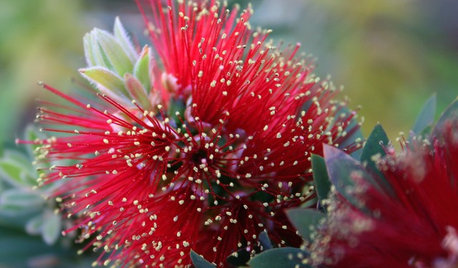Ficus elastica (rubber tree): best timing for prune and repot
mizbrendab
11 years ago
Featured Answer
Comments (14)
tapla (mid-Michigan, USDA z5b-6a)
11 years agoRelated Professionals
Port Royal Landscape Architects & Landscape Designers · Wheeling Landscape Architects & Landscape Designers · Goodyear Landscape Contractors · Brookside Landscape Contractors · Canyon Lake Landscape Contractors · Crystal Landscape Contractors · La Mirada Landscape Contractors · West Allis Landscape Contractors · West Covina Landscape Contractors · Wickliffe Landscape Contractors · Lauderdale Lakes Landscape Contractors · East Norriton Landscape Contractors · Goldenrod Landscape Contractors · Caledonia Interior Designers & Decorators · Springdale HandymanHorticultural Help
11 years agomizbrendab
11 years agotapla (mid-Michigan, USDA z5b-6a)
11 years agomizbrendab
11 years agotapla (mid-Michigan, USDA z5b-6a)
11 years agomizbrendab
11 years agomizbrendab
11 years agotapla (mid-Michigan, USDA z5b-6a)
11 years agomizbrendab
11 years agotapla (mid-Michigan, USDA z5b-6a)
11 years agomizbrendab
11 years agotapla (mid-Michigan, USDA z5b-6a)
11 years ago
Related Stories

GARDENING GUIDES5 Best-Behaved Trees to Grace a Patio
Big enough for shade but small enough for easy care, these amiable trees mind their manners in a modest outdoor space
Full Story
TREESHow to Use Trees Inside
Bring nature close by integrating the beauty of trunks and trees — even smaller leafy trees — into your home
Full Story
HOUSEPLANTSPlay Up Some Fiddleleaf Figs for a Lively Indoor Tune
Strike a dramatic chord in a minimalist scene or a country note in a rustic setting — fiddleleaf fig plants harmonize with any style
Full Story
ARTThe Beauty of Bonsai — Living Art, Rooted in Harmony
Create your own emblem of nature's balance with an art form dating back 1,000 years
Full Story
HOUSEPLANTS8 Essentials for Healthy Indoor Plants
Houseplants add so much to our homes — and can thrive when grown in the right conditions. Keep these tips in mind
Full Story
GARDENING GUIDESGreat Design Plant: Velvety Dwarf Bottlebrush Beckons a Touch
Brilliant red blooms and inviting textures will capture your heart, but the low maintenance and small size will win over your practical side
Full Story
CONTAINER GARDENSHappy Houseplants, Happy People
Potted plants add life and beauty to a room. Learn easy ways to keep them healthy
Full Story
HOUSEPLANTS10 Top Plants to Grow Indoors
Brighten a room and clean the air with a houseplant that cascades artfully, stretches toward the ceiling or looks great on a wall
Full Story
HOUSEPLANTSSimple Pleasures: Grow a Cheery Indoor Garden
Let houseplants work their magic on your rooms and you. These ideas will get you growing
Full Story
HOUSEPLANTSOutsmart Winter — Make Houseplants of Your Garden Growers
No need to watch Jack Frost play Wreck the Rosemary. Bring your garden inside for the winter, using containers and these guidelines
Full StorySponsored
Franklin County's Custom Kitchen & Bath Designs for Everyday Living
More Discussions









mizbrendabOriginal Author